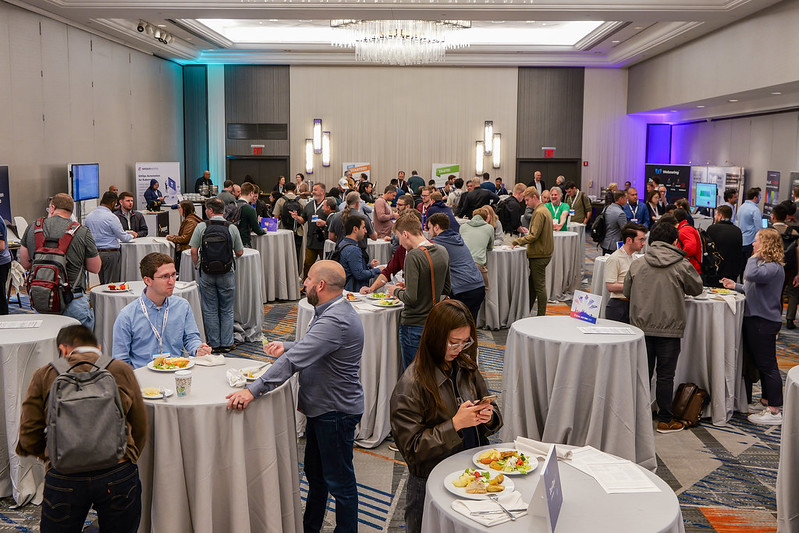🔍 Frequently Asked Questions (FAQ)
1. What is the focus of the "React.js & Next.js Development" track?
The track centers on leveraging React.js and Next.js to build dynamic, server-rendered applications. Attendees explore state management, performance optimization, testing, and workflows that scale modern web solutions.
2. Which key technical topics are covered in this track?
It includes core subjects like server-side rendering (SSR), static site generation (SSG), integration of React components within Next.js, state management using Redux, Zustand, TanStack Query, performance techniques including lazy loading and React Suspense, testing strategies, and developer workflows.
3. What performance optimization techniques are taught?
Attendees will learn to optimize load times and interactivity through practices like lazy loading, image optimization, React Suspense, as well as SSR and SSG strategies with Next.js.
4. Which testing tools are featured in this development track?
The track covers a range of testing strategies using popular tools such as Jest, React Testing Library, and Cypress—addressing unit, integration, and end-to-end testing for robust application quality.
5. Are there additional specialized sessions such as workshops or architecture deep-dives included?
Yes. Specialized sessions include workshops like: Full‑stack Development with Next.js, where developers learn to build, design, and deploy full-stack applications using Next.js v13. A hands-on workshop titled Mastering Real‑world Next.js Applications: Architecture, Performance, and Best Practice, focusing on advanced Next.js features including server actions, route slots, caching strategies, authentication, middleware, performance tuning, and full-stack deployment for large-scale applications.

 6 months access to session recordings.
6 months access to session recordings.